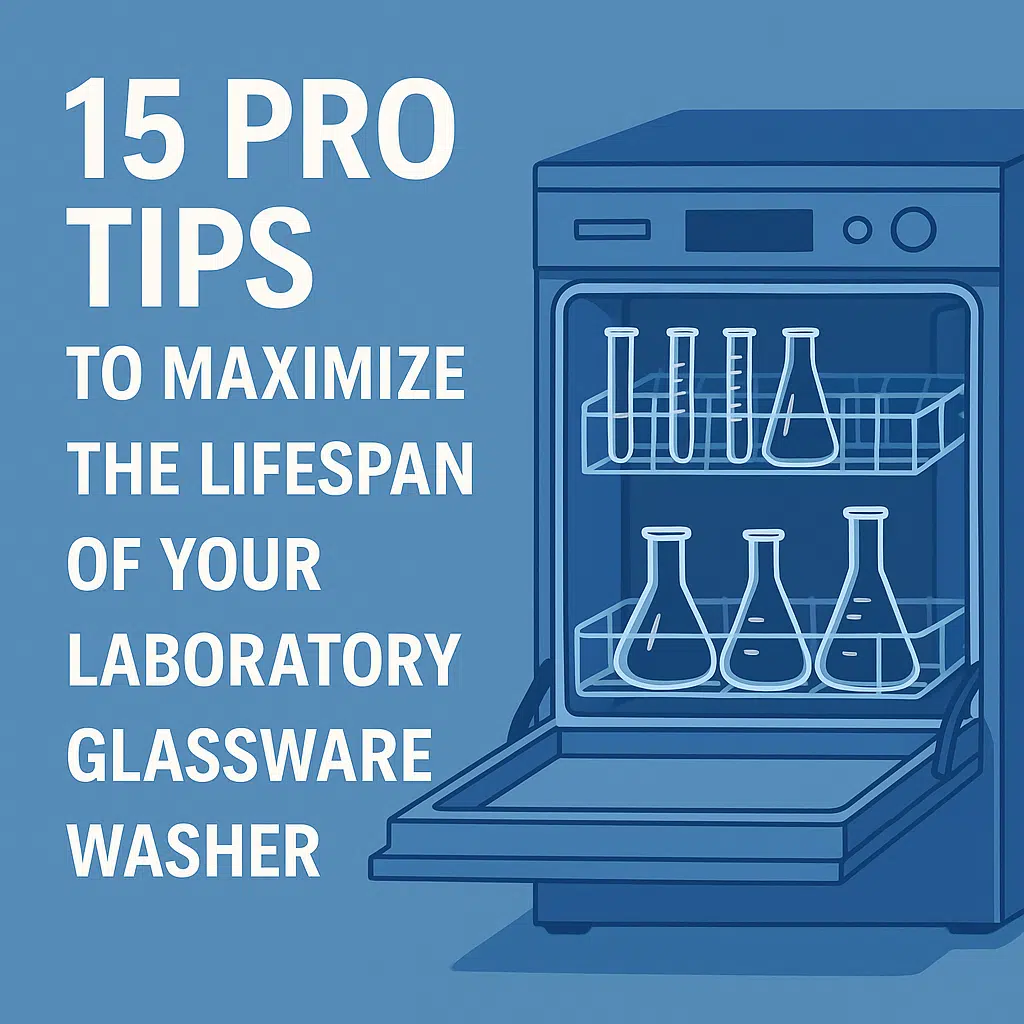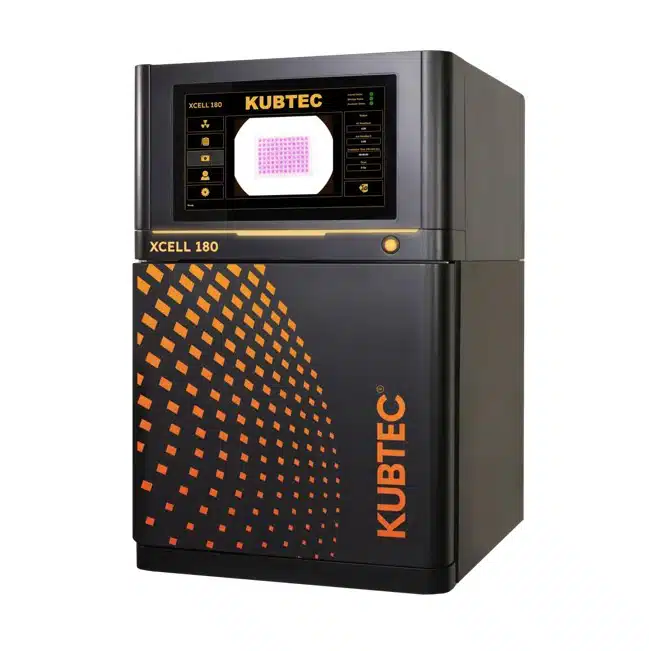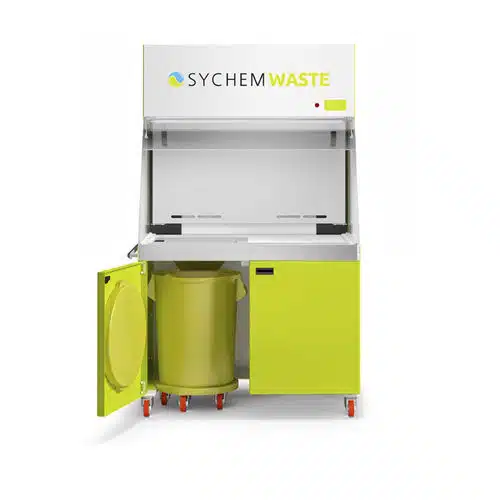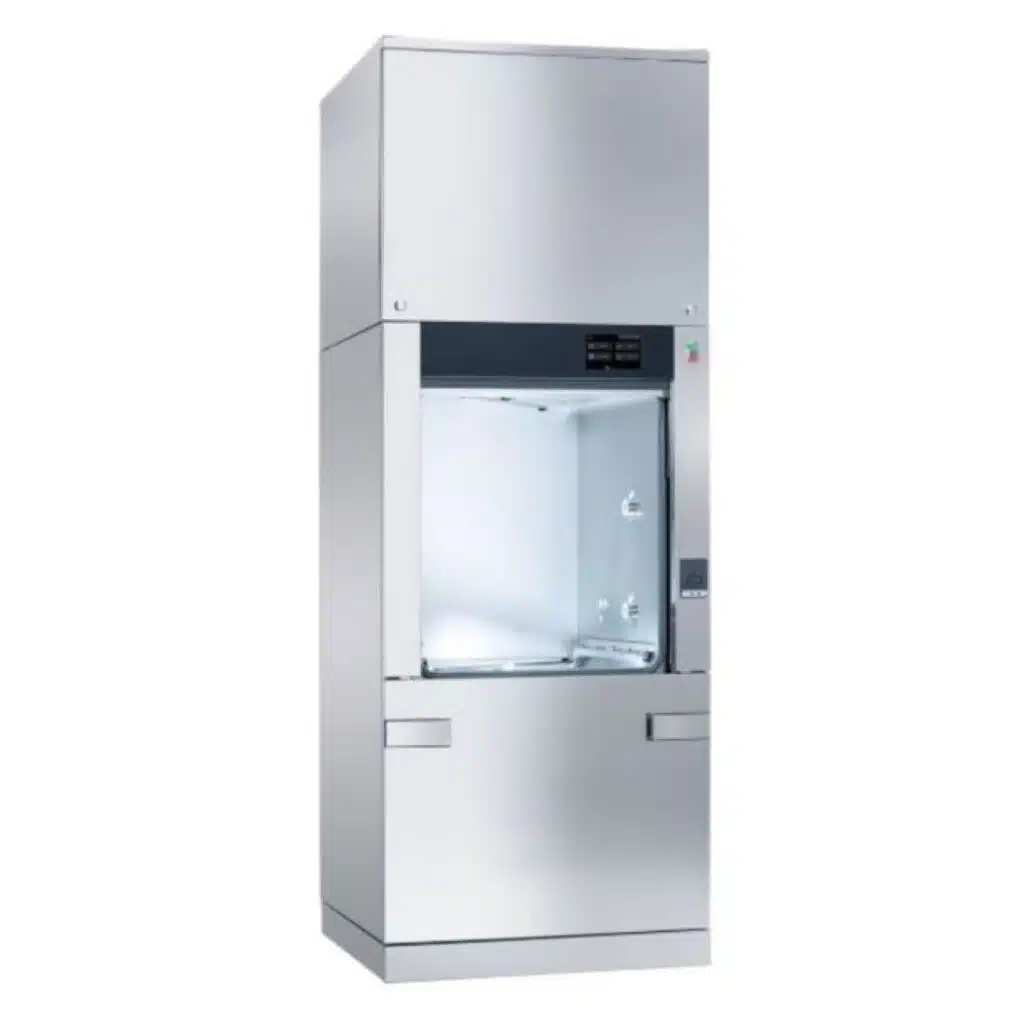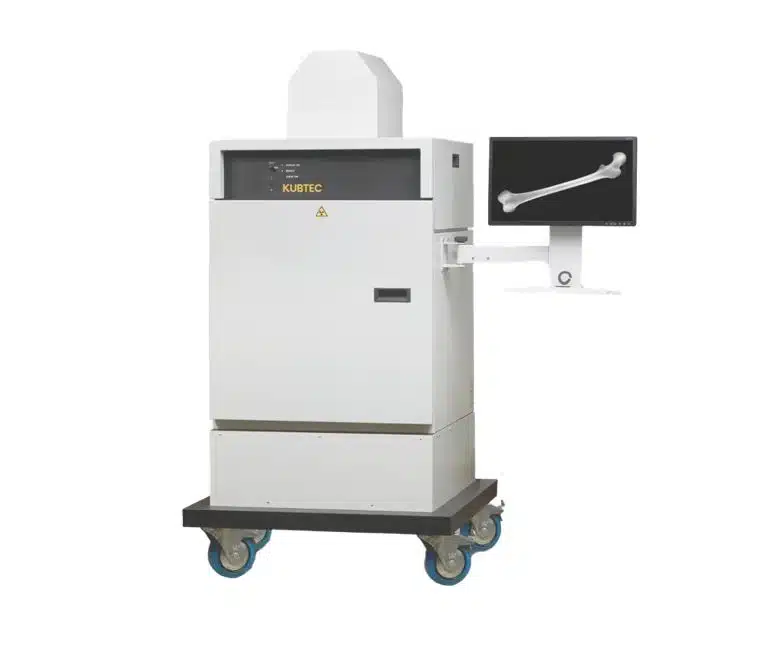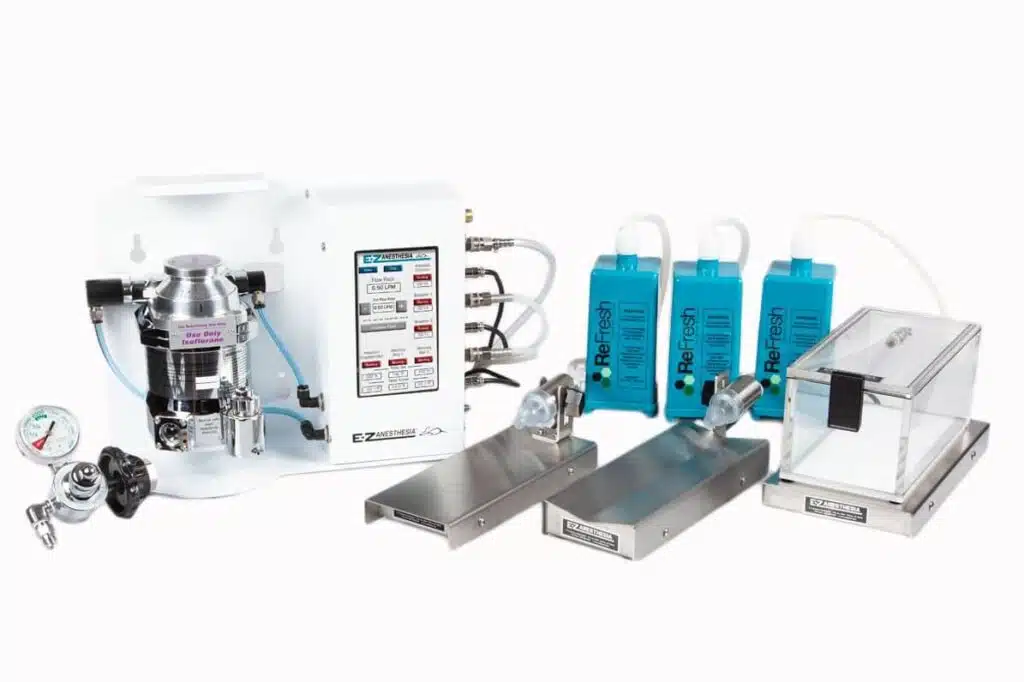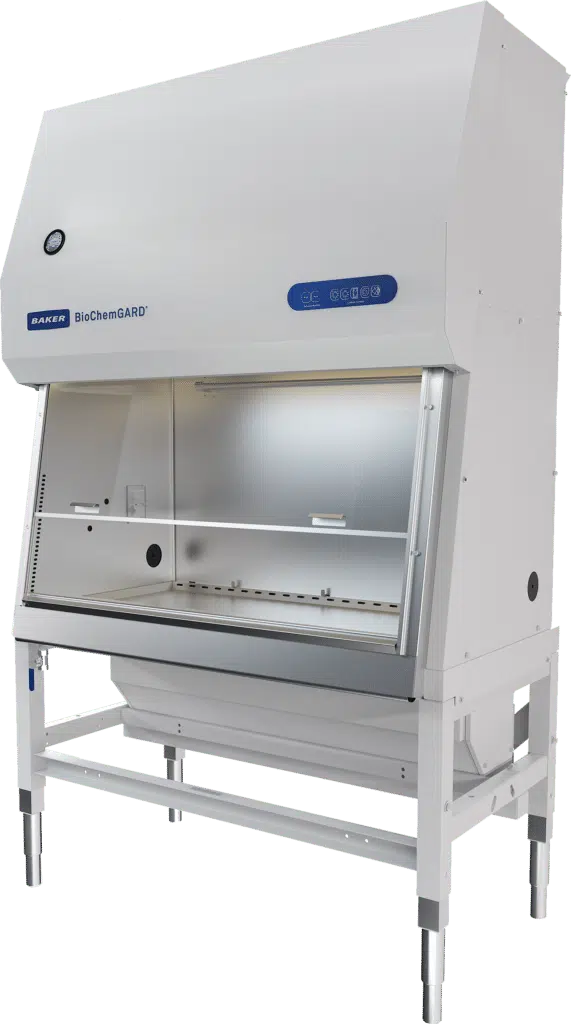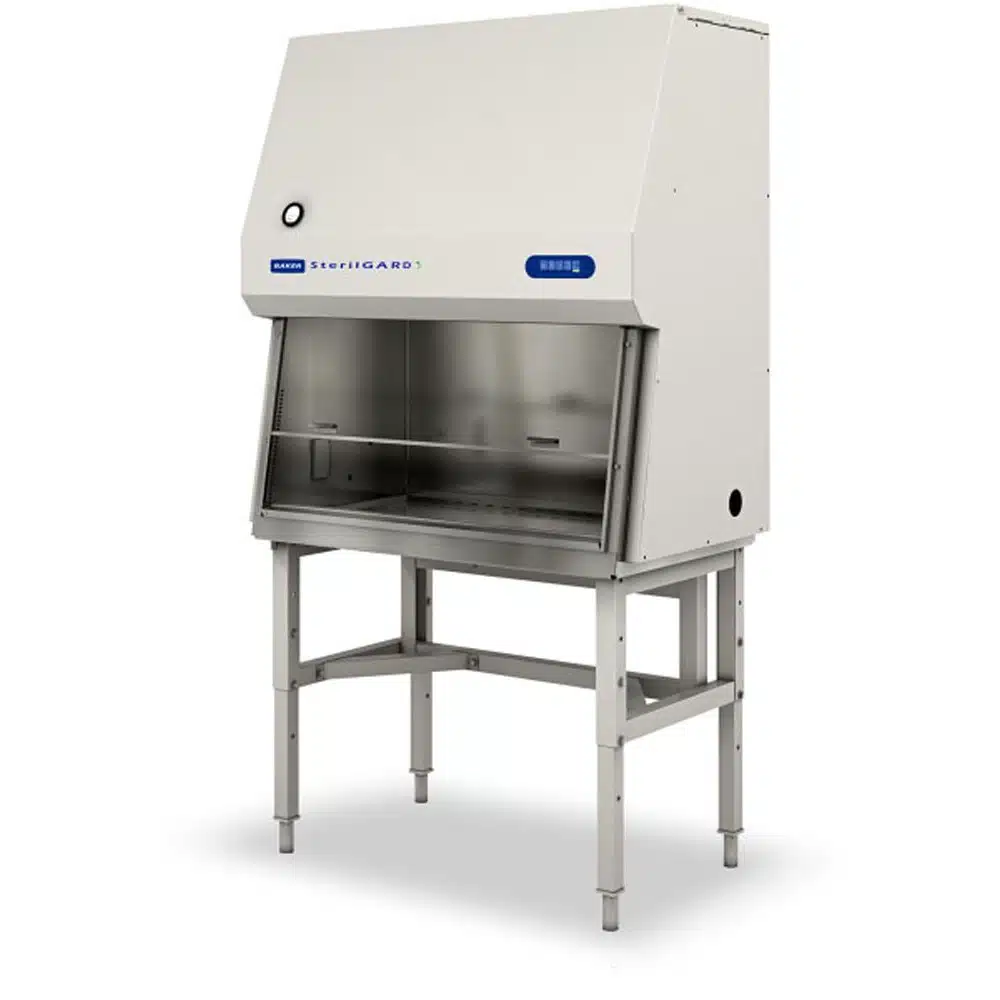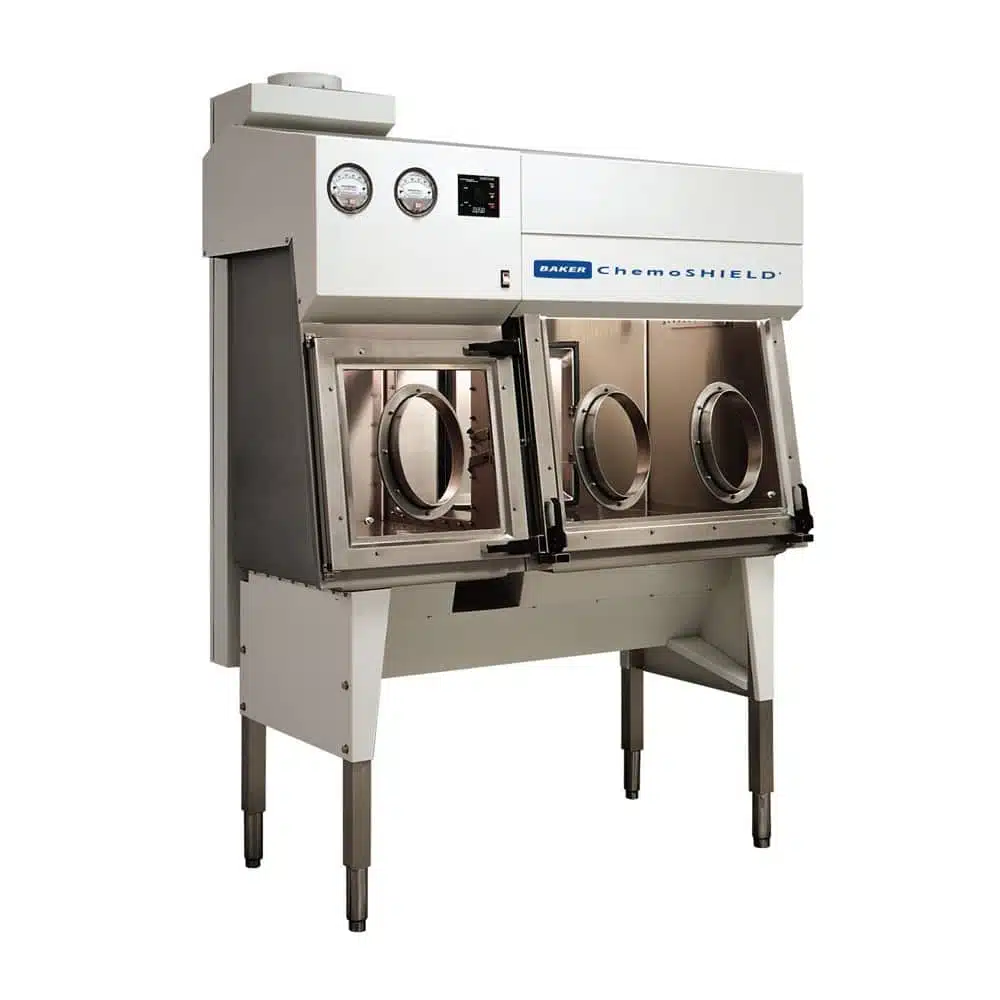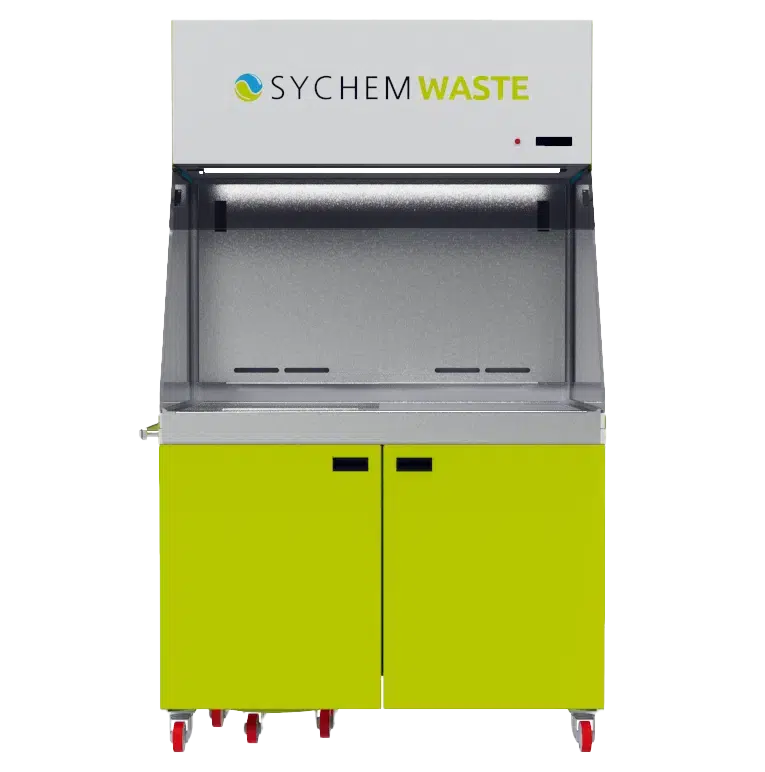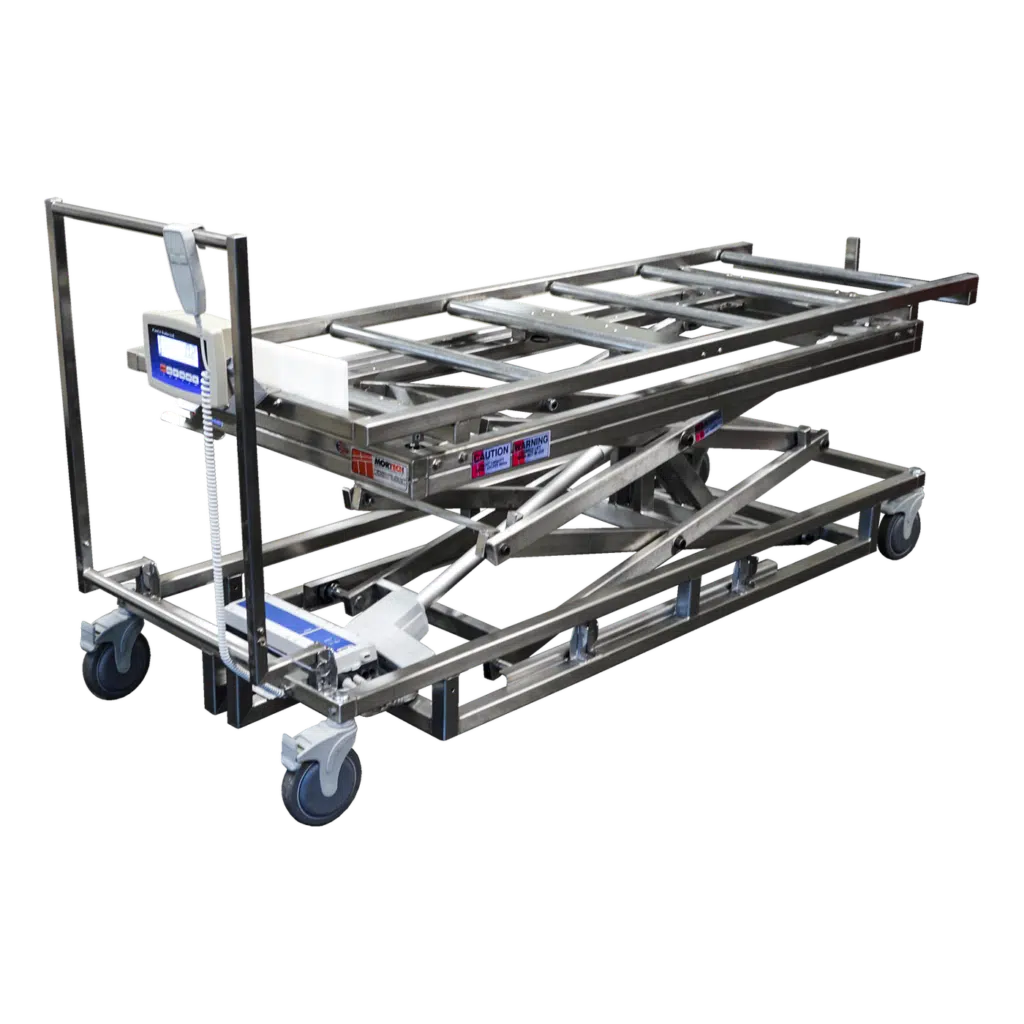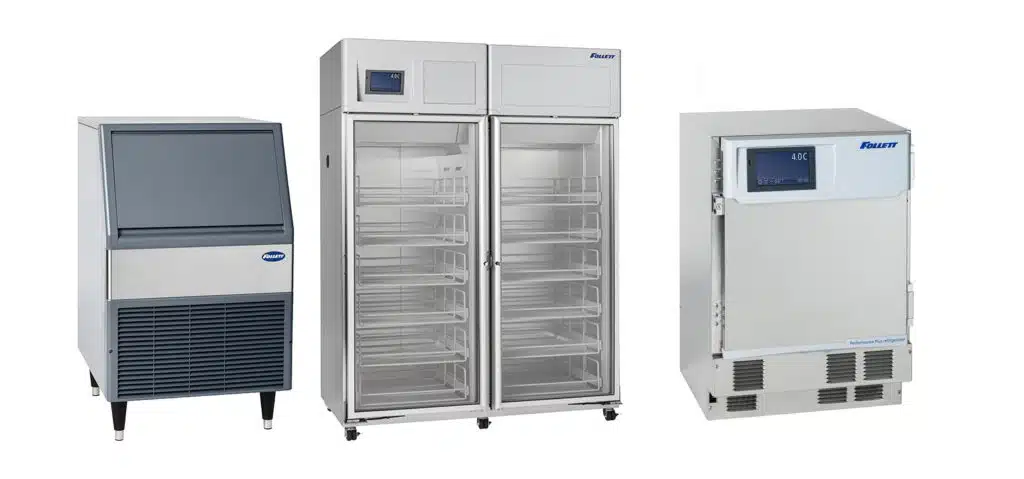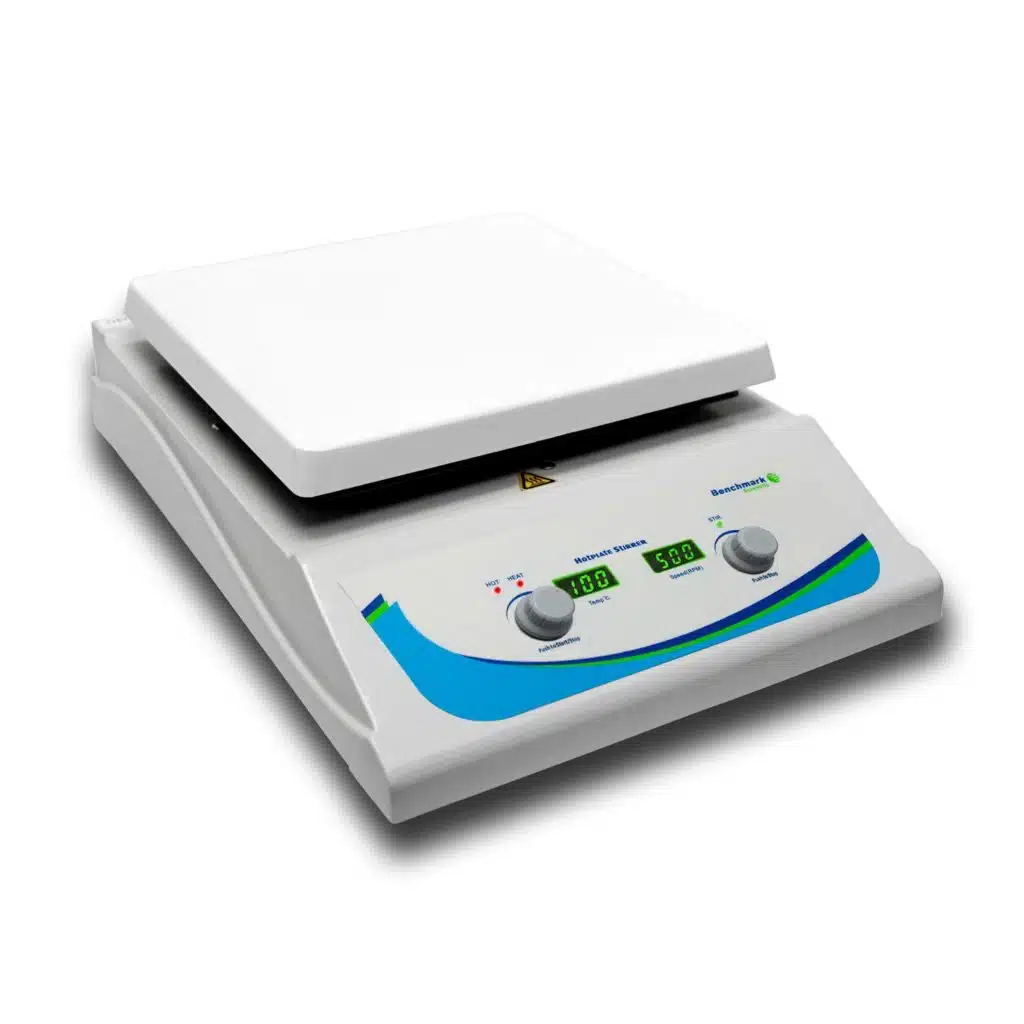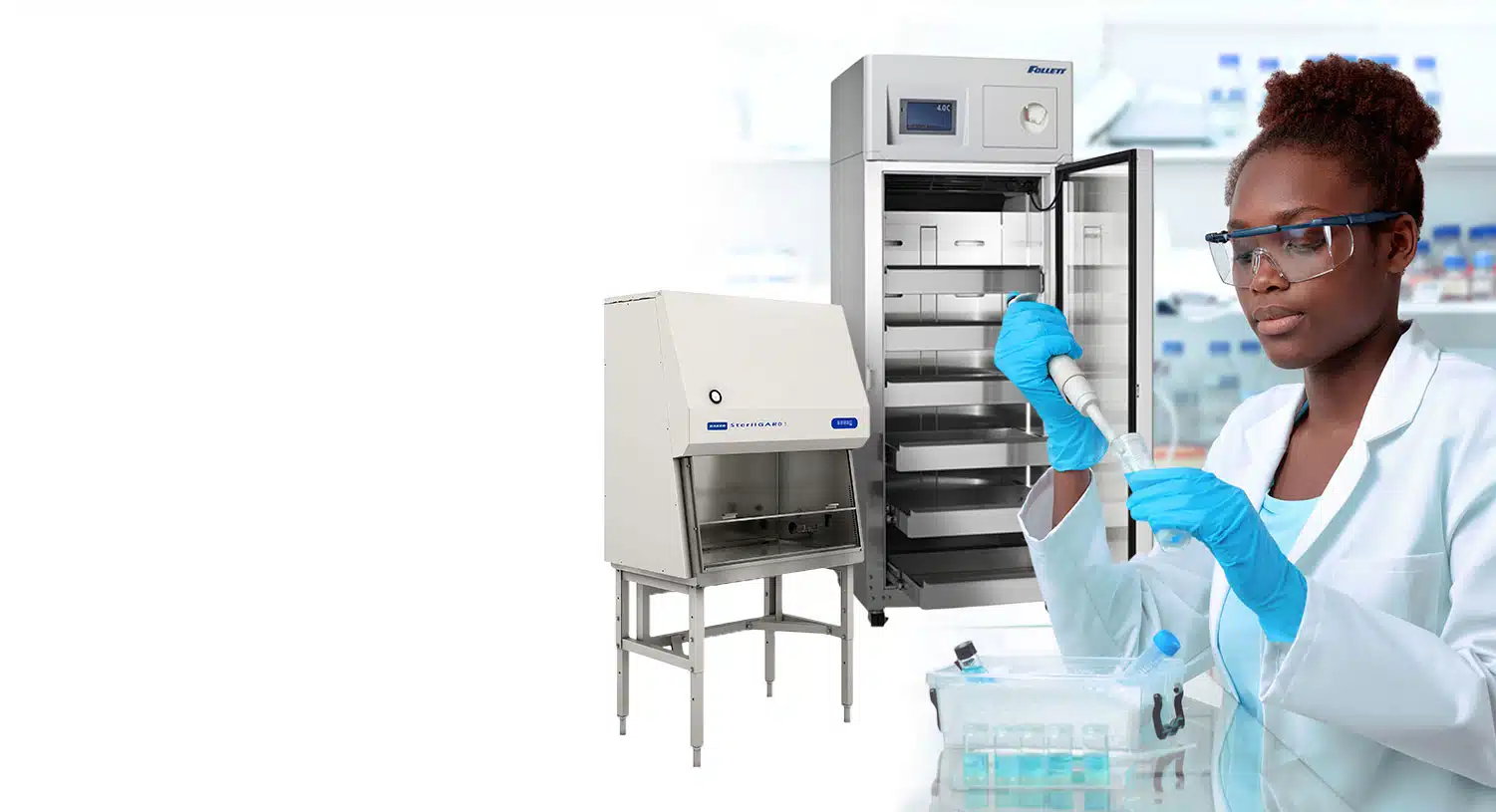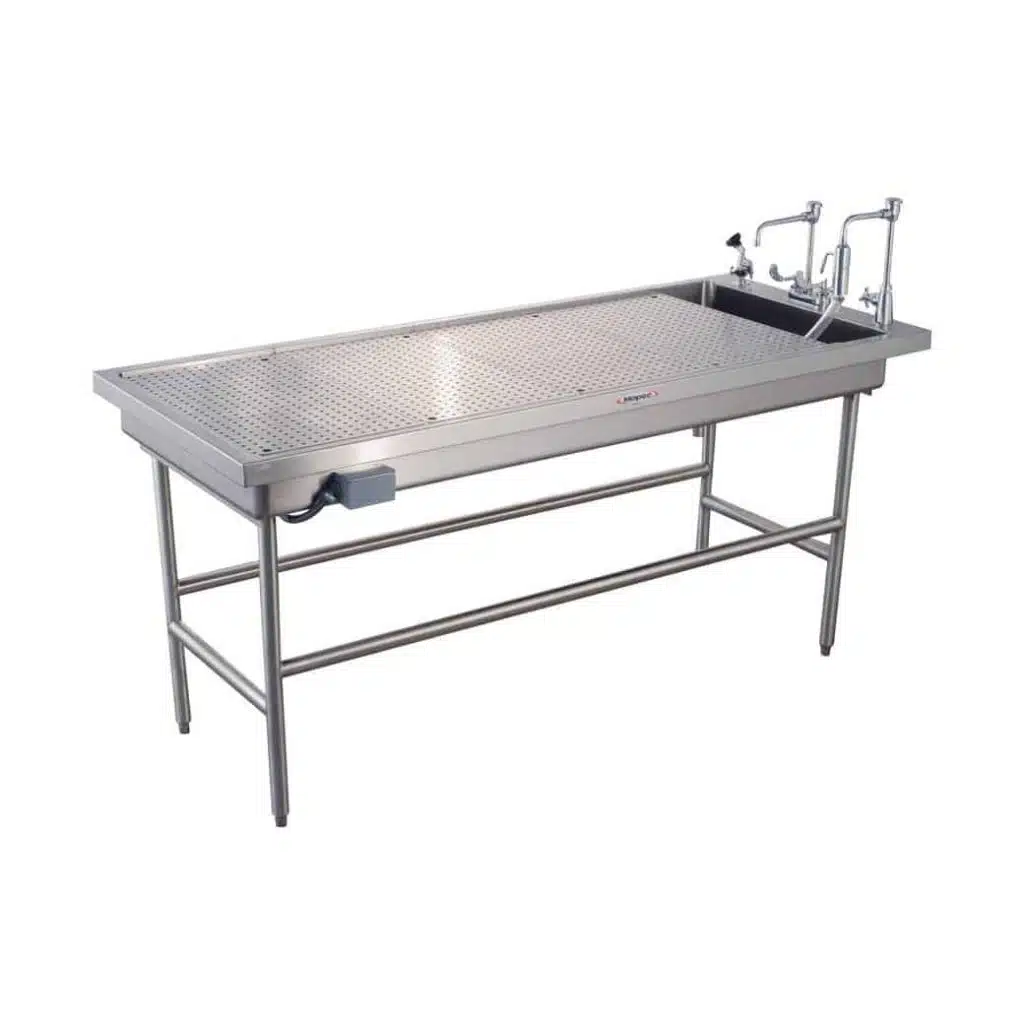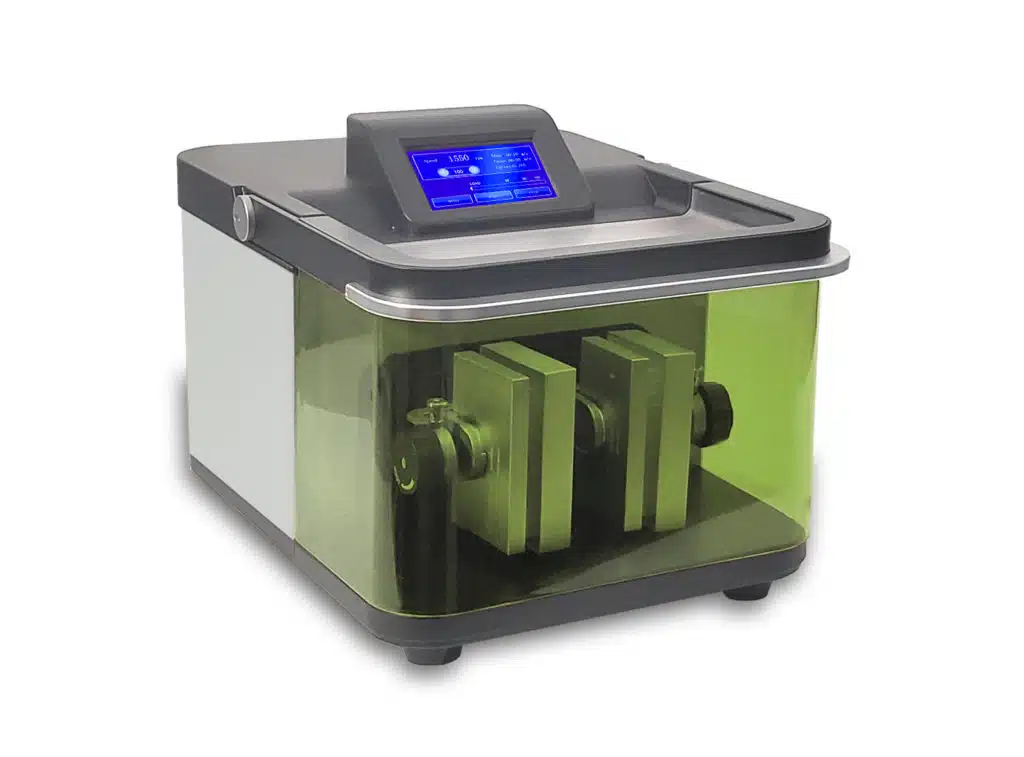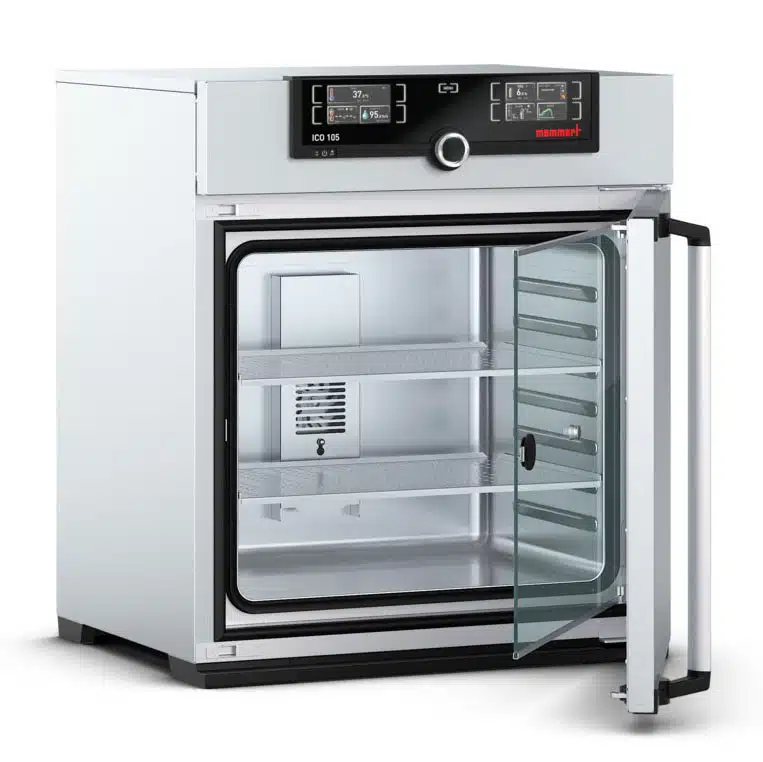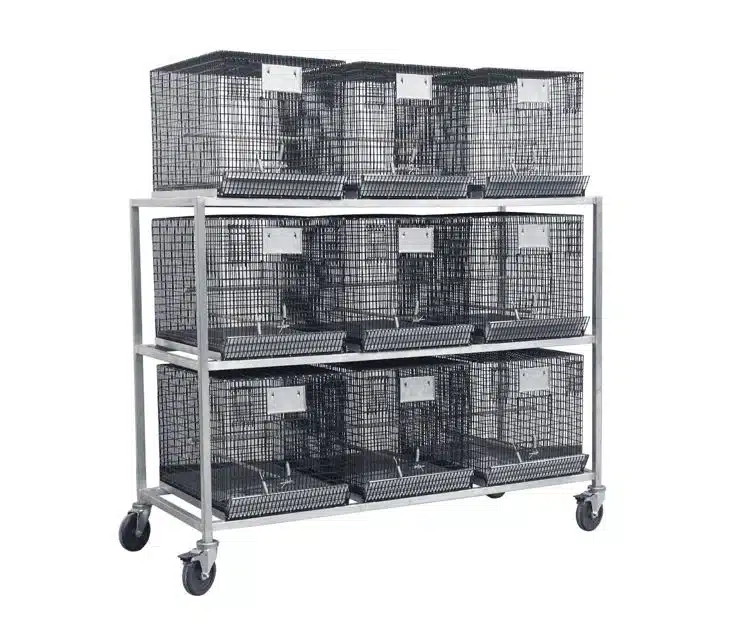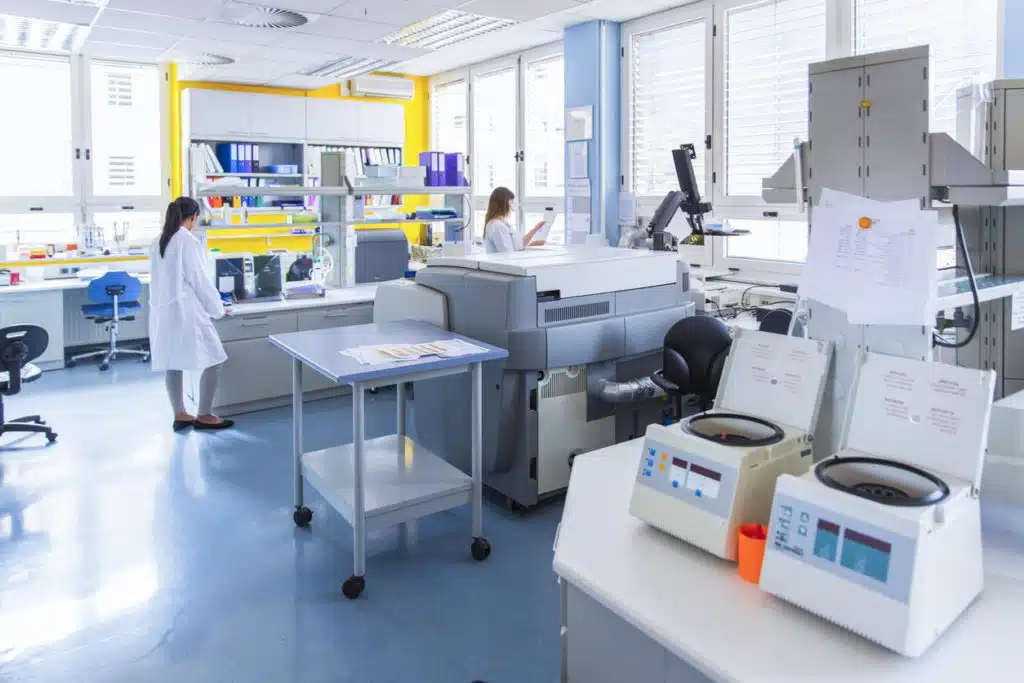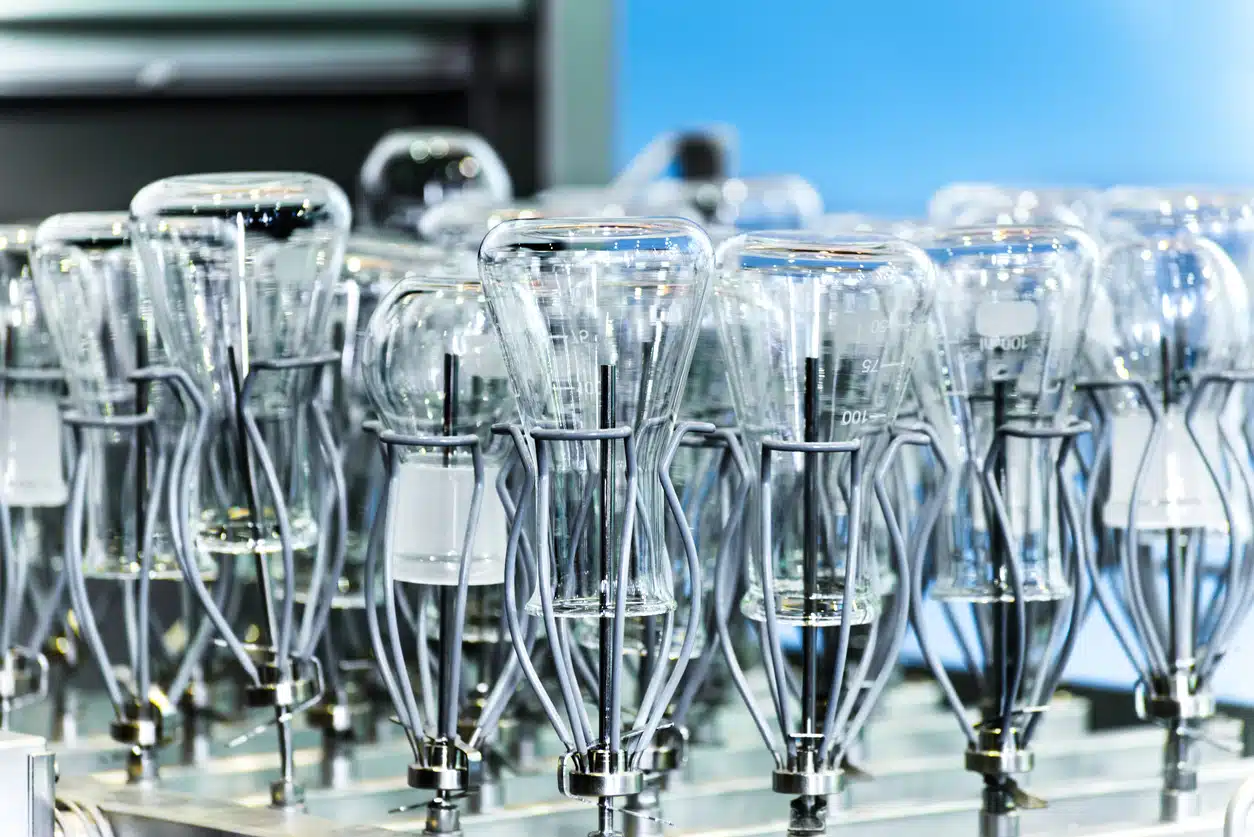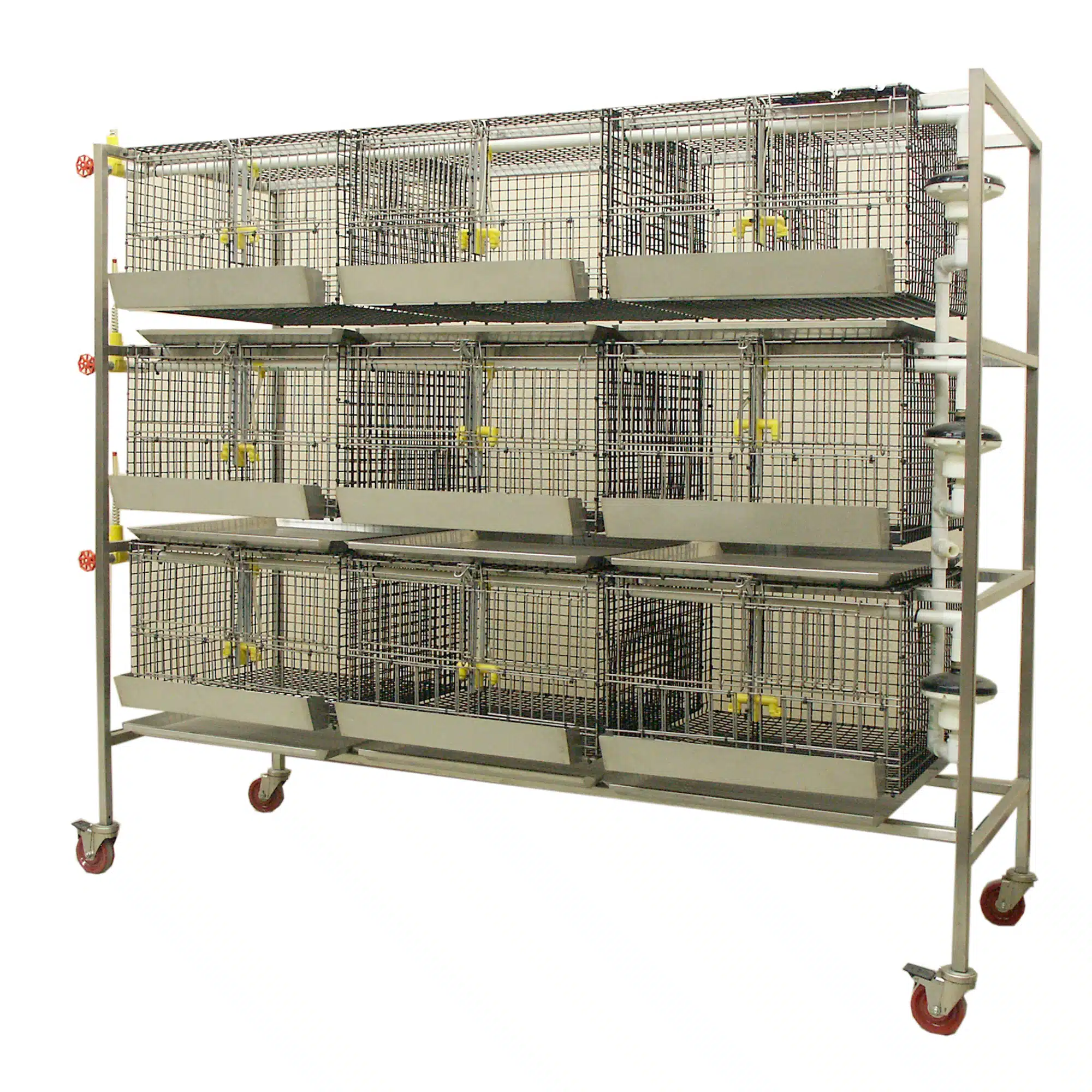Introduction In the complex and demanding world of laboratory research and healthcare, the choice of the right lab chair or stool is crucial, going beyond mere comfort to significantly impact workplace safety and productivity. Laboratory work, characterized by repetitive motions and prolonged static postures, demands seating that is ergonomic. This guide offers detailed insights into selecting lab chairs and stools that meet the unique ergonomic and functional demands of scientific settings.
Ergonomic Design: Central to Lab Chair Selection Ergonomics is at the forefront of laboratory chair design, vital for supporting proper posture and reducing the risk of musculoskeletal disorders. Key ergonomic features include:
- Adjustable Seat Height: Essential for accommodating various body heights and workbench levels, adjustable seat height ensures that users can maintain their feet flat on the floor or on a footrest, fostering an ergonomic posture.
- Seat Depth and Width: The seat should support the majority of the user’s thigh without pressing against the back of the knees, while also being wide enough to comfortably accommodate the user’s hips and allow free movement.
- Lumbar Support: Chairs with adjustable lumbar support are important because they conform to the spine’s natural curvature, providing comfort and reducing back strain during extended periods of sitting.
Material and Durability Considerations Selecting the right materials for laboratory chairs is critical. They should be easy to clean, resistant to chemicals, and durable enough to withstand the rigors of a lab environment. Preferred materials include polyurethane, vinyl, and specialized fabrics that balance durability and comfort.
Advanced Features for Enhanced Functionality and Comfort Laboratory chairs often incorporate advanced features to improve the user experience, such as:
- Seat Tilt Adjustments: Beneficial for tasks requiring forward-leaning positions, these adjustments can significantly reduce strain on the back and neck.
- Armrests: Adjustable or removable armrests are important for providing additional support while ensuring they do not hinder movement or access to lab benches.
Safety and Mobility In a laboratory setting, safety is paramount. Chairs should have a stable base, ideally with five casters for easy mobility, and the casters should be suitable for the lab’s flooring type.
Adaptability in Multi-User Environments In labs with multiple users per chair, it’s essential for adjustments to be intuitive and straightforward. Chairs should be versatile to cater to various body types and easily adjustable without complex procedures.
Height Adjustability and Seat Angle Considerations Adjusting the height and seat angle of lab chairs and stools is vital to match the varying heights of lab benches and counters. For tasks like microscope work or handling biosafety hoods, chairs and stools with a forward seat tilt are recommended to reduce strain on the neck and eyes. Adjustable seat angles and heights are crucial for maintaining proper posture.
Adapting to Various Lab Environments Different lab settings, from educational labs to GSA organizations, have unique requirements. It’s essential to choose seating that not only meets aesthetic needs, but also adheres to the technical standards of these environments. Chairs and stools should be robust enough to withstand active use, chemical exposure, and rigorous.
Cleanroom Chairs: A Comprehensive Guide
In the meticulously controlled world of cleanrooms, every component plays a crucial role, and chairs are no exception. Integral to the design and operation of these specialized environments, cleanroom chairs are carefully crafted to ensure both functionality and safety. Their design is a delicate balance between maintaining an immaculate environment free from contamination and providing comfort and safety to the employees. However, selecting the right cleanroom chair is not a straightforward task. It involves considering a myriad of factors, ranging from the specific demands of the cleanroom to the diverse needs of its users. This article aims to shed light on the various elements that define a cleanroom-approved chair. We will explore the critical aspects such as material choice, durability, flexibility, ESD (Electrostatic Discharge) qualifications, and, importantly, the comfort they offer, all of which are essential in making an informed decision for your cleanroom setup.
Material Specifications
Cleanroom chairs must be constructed from materials that do not shed or collect debris, as cleanliness is paramount in such environments. These chairs are typically made from non-shedding, nonporous materials that are easy to clean and comply with the specific ISO classification of the cleanroom.
Durability
Given that cleanroom chairs are frequently exposed to harsh chemicals, they should be resistant to corrosion and breakdown, ensuring longevity and reducing the need for frequent replacements.
Flexibility
The dynamic nature of cleanrooms requires chairs that are easily movable. Chairs with wheels or those that are lightweight enough to be easily lifted and moved are ideal for such settings.
ESD Qualifications
In environments where electrostatic discharge (ESD) is a concern, chairs must have specific properties to prevent the build-up of static electricity. This is crucial to protect sensitive electronic devices that can be damaged by static discharges.
Employee Comfort and Fit
Ergonomics play a significant role in the design of cleanroom chairs. Chairs that are adjustable in height and depth, stable, have nonrestrictive armrests, and can recline are preferred for employee comfort. Given the diverse body types of employees, having chairs that can be personalized for individual comfort is important for productivity and morale.
ESD Environment Seating
Chairs designed for ESD environments are crucial in settings where static-sensitive electronics are handled. These chairs often come with features like proper grounding and conductive materials, tested to meet specific standards like ANSI/ESD-STM-12.1-2019.
Clean Room Seating
Cleanroom chairs are tailored for environments with strict particle concentration control. These chairs are usually covered with antibacterial, mildew-resistant vinyl or robust polyurethane, and meet standards like Fed Standard 209E and ISO 14644-1.
Stools for Both ESD & Cleanroom Areas
Some chairs are designed to meet the requirements of both ESD and cleanroom standards. They are available in materials like antibacterial vinyl or washable polyurethane, featuring chrome-plated surfaces and conductive casters or glides.
Cleanroom Chair and ESD Seating Specifications
The ideal cleanroom chair should be easy to clean, mitigate particle generation, be non-shedding, and chemically resilient. They often incorporate features to reduce airborne particle generation and surface contamination, and may come with conductive or dissipative casters depending on the specific requirements of the environment.
ARES: Your Premier Choice for Laboratory, Healthcare, and Cleanroom Seating Solutions
In the dynamic and demanding environments of laboratories, healthcare facilities, and cleanrooms, having the right seating solution is not only a matter of comfort, but also of safety and efficiency. ARES stands at the forefront of providing top-tier seating solutions, perfectly tailored for high-tech laboratories, healthcare settings, and post-COVID workplaces. Our seating options, built in the United States, are designed to meet the rigorous demands of industrial settings, cleanrooms, and ESD-sensitive environments.
Lab-Grade Durability and Ergonomics
Our chairs are a testament to durability, designed to withstand the stringent conditions prevalent in research and healthcare environments. They are crafted using heavy-duty materials, ensuring longevity even in the harshest settings. The ergonomic design of our laboratory-grade chairs, including features such as self-braking casters for enhanced safety, adjustable foot rings for proper posture, and multiple laboratory-grade vinyl options, cater to the specific needs of professionals in these fields.
Advanced Features for Enhanced Comfort
Understanding the importance of comfort and adjustability in demanding work environments, our chairs are equipped with a 4-way adjustable back and fingertip control height adjustments. Options like 6-way adjustable arms and seat tilt further enhance user comfort, ensuring that professionals can focus on their critical work without the distraction of discomfort.
Variety of Laboratory Seating Options
Our laboratory chairs and stools are designed with the latest advancements in laboratory ergonomics. They feature contoured waterfall cushions and 6-way armrests for unparalleled comfort. The laboratory stools, including models with backs, provide fully adjustable ergonomics, ensuring optimal comfort and support. These stools are equipped with a 360-degree all-around pneumatic height adjustment feature, making them versatile for various environments.
Specialty Seating for Specific Needs
In addition to conventional laboratory seating, we also offer specialty seating solutions. These chairs maintain the comfortable ergonomics of our standard laboratory seating but are tailored for specific needs and settings, ensuring that every professional finds the perfect fit for their workspace.
ESD and Clean Room Standards Compliance
Our controlled environment seating solutions exceed industry standards for ESD and Clean Room settings. The ESD anti-static chairs are specifically developed for handling sensitive electronics, featuring proper grounding and static control materials. These chairs have been rigorously tested and meet ANSI/ESD-STM-12.1-2013 standards.
Similarly, our Clean Room chairs are designed to meet stringent particulate requirements, having been independently tested and certified to meet Fed Standard 209E and ISO 14644-1. These chairs are available in certifications for ISO Class 4 (Clean Room Class 10) and ISO Class 5 (Clean Room Class 100) standards, ensuring they meet the highest cleanliness requirements.
Conclusion
In conclusion, at ARES, we deeply understand the pivotal role our seating solutions play in the diverse and demanding realms of laboratories, healthcare, and cleanroom environments. With a steadfast commitment to delivering the ultimate in comfort, safety, and functionality, our chairs and stools are meticulously designed to meet and exceed the rigorous industry standards. Whether you are at the forefront of groundbreaking research, dedicated to providing critical healthcare services, or stringently working in a controlled cleanroom setting, ARES stands as your premier choice for ergonomic, durable, and compliant seating solutions. Each chair and stool in our range is not just a piece of furniture but a step toward innovation and excellence.
Selecting the ideal lab chair or stool transcends a mere purchase decision: it is an investment in the health, safety, and productivity of those who are instrumental in driving scientific and medical advancements. By prioritizing factors such as ergonomics, adjustability, material quality, durability, and the specific requirements of your lab environment, you ensure that your team is fully supported. Embracing the right seating solution from ARES profoundly influences the quality of work and enhances the well-being of scientists, lab technicians, and healthcare professionals. Discover the ARES difference – where every seat is a cornerstone in nurturing an environment conducive for innovation, comfort, and exceptional results.
Contact us now for assistance in selecting the perfect lab chair or lab stool.






